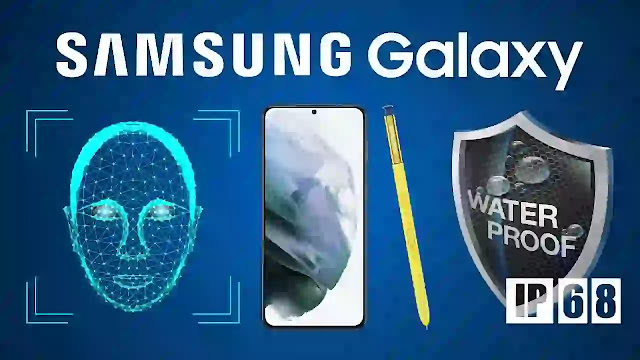In 2010, Samsung entered the Android market thanks to the partnership with Google and launched the first Samsung smartphone with a Super AMOLED display. Samsung S came with high-performance specifications, a 40-inch Super AMOLED display, a 5 MP camera, and a powerful GPU. Since then, with the introduction of the Galaxy S series, Samsung began to impose itself on the market, the display being one of its strengths.
Another innovation brought by Samsung was the introduction of the S Pen with the launch of the first Galaxy Note, in 2011. Even if at that time there were phones quipped with styles, the one from Samsung was much better. It has 14mm Length and 256 pressure levels and many interesting functions. With the launch of the Galaxy Note 3, Samsung introduced the Samsung Knox, a security solution pre-installed on Samsung device to provide a secure framework for data storage and tools for managing them. Also in terms of security, Samsung continued to improve its bio-metric technologies, so they introduced bio-metric security in the form of fingerprint scanners built into the Home button in Galaxy S5 and Galaxy Note 4. Subsequently, new biometric authentication methods were introduced facial scanning, iris scanning, and ultrasonic fingerprint ID.
READ ALSO: SAMSUNG On Fire - Chinese Tech Giants deteriorate
The Galaxy series was also the one that benefited from an international standard protection index so that the device could be used in the most unfavorable conditions. Thus, the Galaxy S5 was the first phone in the Galaxy series to have an international standard rating of IP-67 for dust and water resistance. And the Galaxy S7 obtain at that time, the highest rating in this certification, IP-682.
Another innovation brought by Samsung is wireless charging, first introduced on the Samsung Galaxy S6, but that not all. On the Galaxy S10, Samsung introduced Wireless Power Share, which not only charges wireless but was able to charge other devices. The Galaxy S6 was also the one that came with Samsung Pay, a real innovation of the company Galaxy phones. It is already known that Samsung produces the highest quality displays, so in 2017, they came up with something new, Infinity Display on the Galaxy S8. Thus, the screen becomes practically borderless, the screen flowing over the edges of the phone, which allows the users to see much more. Since then, Samsung continues to constantly improve this feature, with the Galaxy S10 introduced Infinity-0 Display, being described as the most revolutionary display.
With the Galaxy S9, Samsung has introduced a new innovation in-camera, Dual Aperture. This technology allows the camera to automatically adapt to lighting conditions, similar to the human eye. But with the Galaxy S10, users can capture exactly what they see, because the camera offers a panoramic field of 123 degrees. Also, one of the innovations brought by this series is the refresh rate of up to 120 Hz. Also, one of the innovations brought by this series is the refresh rate up to 120Hz. For the Galaxy S21, Samsung has improved the screen again, being present the AMOLED 2X Infinity-0 display from edge to edge with a refresh rate of 120Hz.


